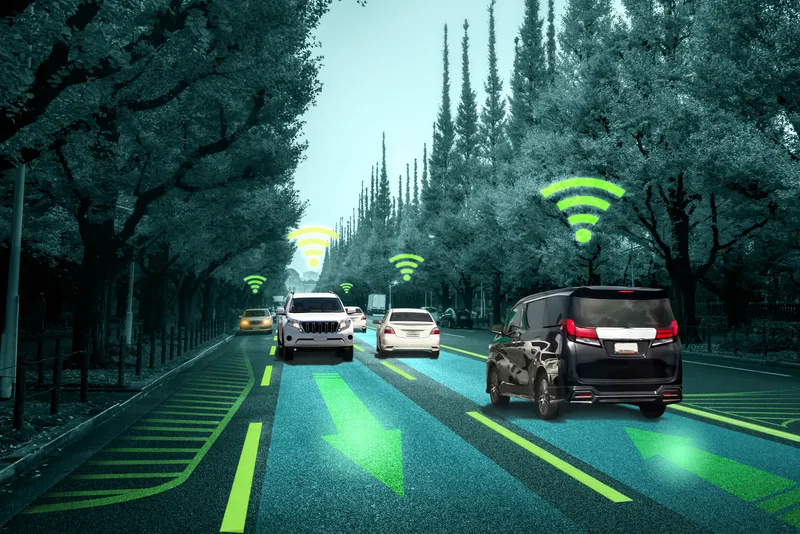Newcastle, England-based developer and manufacturer of advanced touch screen solutions,
Working with Zytronic’s distribution partner in Korea, DTH and transportation systems provider Sane, the project has seen 300 touch sensors based on Zytronic’s projected capacitive technology (PCT) acquired for integration into the Bus Information Terminal (BIT) project. BIT replaces existing non-interactive digital signage and offers Seoul’s commuters easy-to-access real time information about traffic, transit routes and local amenities.
In this application, the PCT touch sensor, coupled with Zytronic’s single/dual touch ZXY100 controller, is mounted behind and functions through an additional 8mm protection glass and continues to deliver an excellent user experience while enduring hot, humid Seoul summers and freezing winters. The touch sensors are unaffected by scratches, heavy rain, ice, dirt and dust.
Adding the personal touch to public transport information
Newcastle, England-based developer and manufacturer of advanced touch screen solutions, Zytronic, is to provide hundreds of state of the art 46-inch Zybrid touch sensors for use in bus shelters all over Seoul, South Korea.
October 30, 2015
Read time: 1 min
RSS









